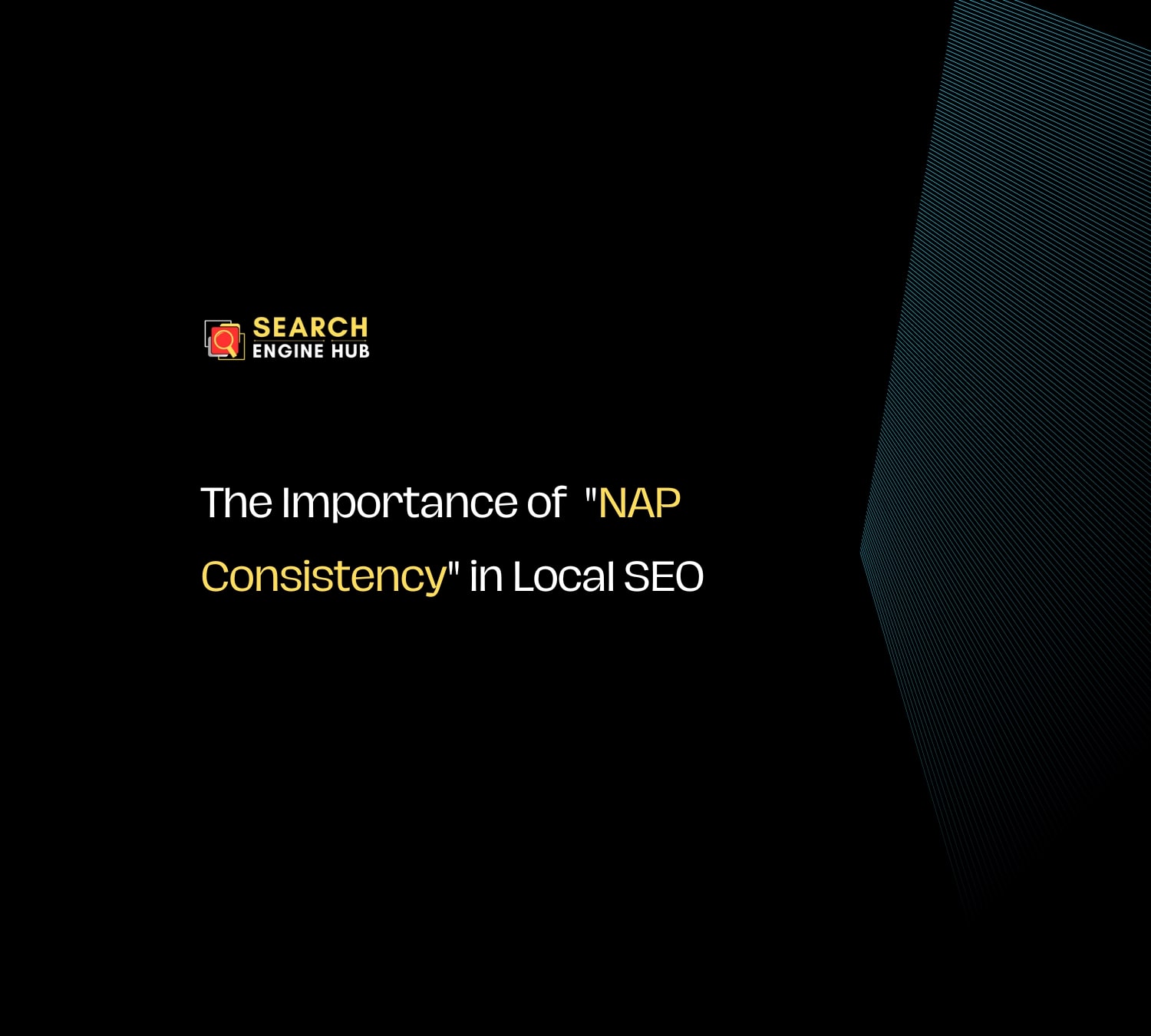A website content audit is a critical process we conduct at Search Engine Hub every 1-3 months for our clients to ensure their digital assets remain effective and aligned with business goals. This systematic evaluation covers all published content, from pages to media, to assess performance, relevance, and quality.
We analyze key factors such as content accuracy, search visibility, engagement metrics, and alignment with user intent. This helps identify gaps, redundancies, outdated material, and opportunities for optimization. The insights allow us to prioritize updates, removals, or enhancements that ensure content remains valuable and competitive.
Frequent audits are essential for maintaining a strong online presence, as search engines favor websites with well-structured, relevant, and authoritative content. This process empowers our clients to refine their strategies, improve user experiences, and drive sustainable growth. With a data-driven approach, we ensure every effort contributes to measurable success.
Below is an in-depth exploration of its purpose, key elements, process, tools, and benefits.
Purpose of a Content Audit
A content audit serves to identify and resolve issues in website content, ensuring it supports business goals and user expectations.
It ensures content reflects the organization’s objectives and caters to the target audience’s needs. By reviewing performance and optimizing underperforming content, the audit helps improve search visibility and user engagement. It also identifies and eliminates inefficiencies by addressing outdated, redundant, or irrelevant material.
Key Elements of a Content Audit
A detailed content audit includes the following areas of focus:
Performance Review
Examines metrics like page views, conversions, and engagement levels to understand how content performs.Content Quality
Reviews accuracy and relevance to ensure information remains up-to-date and meaningful for users.Search Optimization
Checks keyword usage, metadata, and URL structures to enhance search engine rankings.User Behavior Insights
Analyzes metrics such as bounce rates and time spent on pages to gauge interest and usability.Content Organization
Evaluates the structure and flow of content to ensure clarity and ease of navigation.

Steps Involved in a Content Audit
Create an Inventory
Collect a complete list of pages, posts, and media to establish an overview of all content. Tools like sitemaps or auditing software can assist with this step.Analyze Metrics
Use analytics platforms to measure traffic, engagement, keyword rankings, and user behavior for each page.Review Quality and Relevance
Assess whether the content is accurate, aligned with user intent, and reflective of current trends or queries.Identify Gaps and Inefficiencies
Highlight missing topics, underutilized opportunities, and duplicated or outdated content.Prioritize Actions
Rank pages for optimization, updates, or removal based on their impact on goals and performance.Develop a Plan
Document findings in a report and outline the next steps for implementation, assigning clear responsibilities and timelines.
Tools and Methods for a Content Audit
Several tools and methodologies streamline the auditing process and enhance its effectiveness:
- Website analytics platforms, such as Google Analytics, provide data on traffic and engagement.
- SEO tools, including SEMrush or Ahrefs, offer insights into keyword rankings, backlinks, and on-page SEO.
- Content management systems help organize and access metadata and media.
- Behavior tracking tools like Hotjar reveal how users interact with content through heatmaps and recordings.
- Spreadsheets or dedicated templates assist with tracking findings and planning updates.
Benefits of Regular Content Audits
Conducting regular content audits offers practical and measurable outcomes for businesses.
Improves Search Rankings
Keeps content aligned with evolving search engine algorithms and enhances visibility.Enhances User Experience
Ensures the website delivers clear, relevant, and actionable information tailored to the audience.Informs Strategy
Provides insights into performance trends, enabling informed decisions about future content initiatives.Increases Efficiency
Identifies outdated or redundant content, helping teams focus on high-value material.Supports Branding
Maintains consistency across the website, ensuring messaging aligns with organizational identity.
How Often to Conduct a Content Audit
The frequency of audits depends on the nature and activity level of the website.
- For sites with frequent updates, audits every one to three months help maintain relevance.
- Moderate-sized websites benefit from quarterly or semi-annual reviews.
- Static sites with limited updates may only require an annual review.
Regular auditing ensures websites adapt to algorithm changes, audience behaviors, and industry trends.

Challenges in Content Auditing
While essential, content audits can present logistical and strategic challenges:
Handling High Content Volumes
Reviewing extensive websites with large amounts of material requires time and resources.Navigating Data Overload
Interpreting analytics and identifying actionable insights among vast datasets can be complex.Balancing Resources
Smaller teams or organizations may struggle to allocate sufficient time and expertise.Coordinating Across Teams
Ensuring alignment between content updates and overarching business goals often requires collaboration.
Planning, using the right tools, and clearly defining priorities can help overcome these obstacles.
Conclusion
A website content audit keeps your content aligned with user needs and search standards. It identifies what works, what doesn’t, and what needs improvement. Regular audits ensure your website stays relevant, improves visibility, and supports long-term goals.
Choose our monthly SEO plans to get regular content audits and actionable solutions. Stay ahead with strategies that deliver measurable results and keep your website performing at its best.
You might also like to read on how to find the best keywords for your niche / industry.




